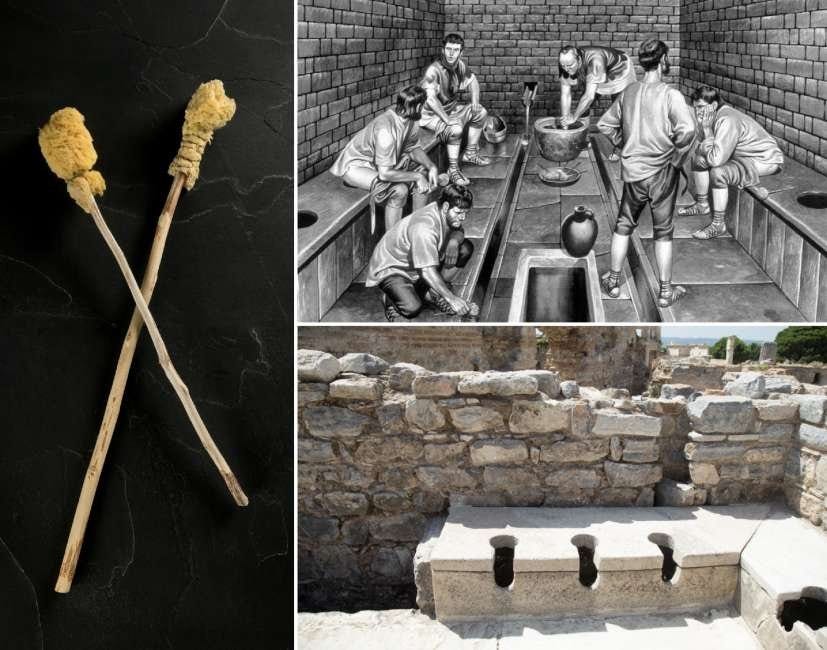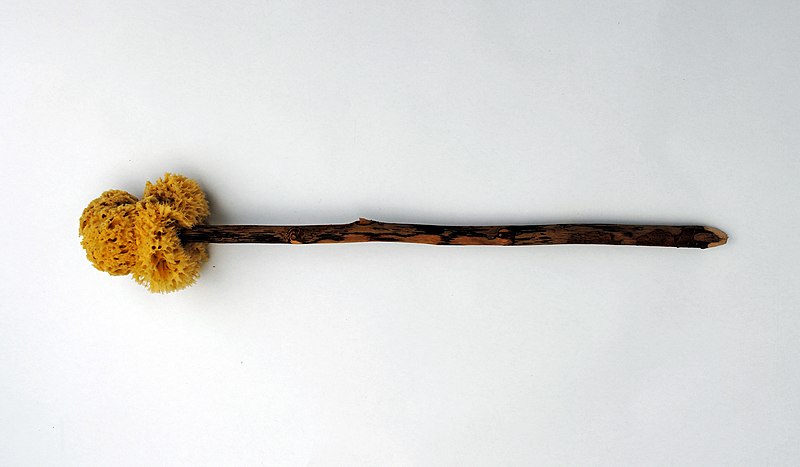Baths were unquestionably one of the Romans’ most famous inventions. Unlike nearly all previous civilizations, which ancient historical reports suggest were not too concerned with personal hygiene, the Romans dedicated large areas in every city and town they built to public restrooms where people could clean themselves.
As a result, inhabitants of the City were the first to commit large state resources to public sanitation and to associate cleanliness with civility. But, how effective were public baths at keeping people clean, and how was hygiene in ancient Rome?
Public baths were an important part of Roman life, and people from all social classes would visit them regularly to bathe and relax. The baths were heated by wood fires, and there were large pools of water for swimming and bathing.

The Romans also used hot and cold water for personal hygiene and had access to a variety of skin ointments, perfumes, and oils.
The wealthy classes had private baths, which were typically attached to their homes. The baths were exquisitely decorated with murals and paintings, and hot and cold water was available. Slaves would be in charge of keeping the baths clean and making sure that they were always prepared for use.
After bathing, the Romans used a strigil to scrape dirt and sweat off their skin. This metal tool had a curving blade that could be used to gently scrape the skin.
Public Toilets In Rome
The Romans were among the first civilizations to construct latrines or public toilets in their cities and towns on a systematic basis. They even built them in military forts and other small towns.
These were frequently large trenches over which something resembling modern public restrooms were built, with seats of stone or wood that people can sit on. To keep the waste below flowing through the trench to a less offensive location, a water supply was piped in.
While it’s not as efficient as a modern sewage system, it operated on the same fundamental principles. However, the majority of homes were not linked to this system.
The waste that most people collected in pots was frequently thrown out on side streets and alleyways, as it was in many large urban centers throughout Europe until as recently as the nineteenth century.

Unfortunately, the Romans used a device called a tersorium to clean themselves in public toilets, which was a very unpleasant aspect of public toilets. This looked like a modern toilet brush and was a sea sponge attached to the end of a stick.
Visitors used it frequently to clean themselves and wash in a bucket with water, salt, or vinegar. This was not only disgusting but also highly unsanitary from a health point of view.
In ancient Rome, despite the focus on cleanliness, there were still health risks associated with poor sanitation. For example, public latrines were frequently located near public baths, and waste disposal was a major issue in the city.
Diseases such as typhoid fever and cholera spread as a result of these conditions.
Finally, personal hygiene was very important in ancient Rome, and bathing was a popular activity. However, hygiene standards varied by social status and occupation, and poor sanitation posed health risks.

